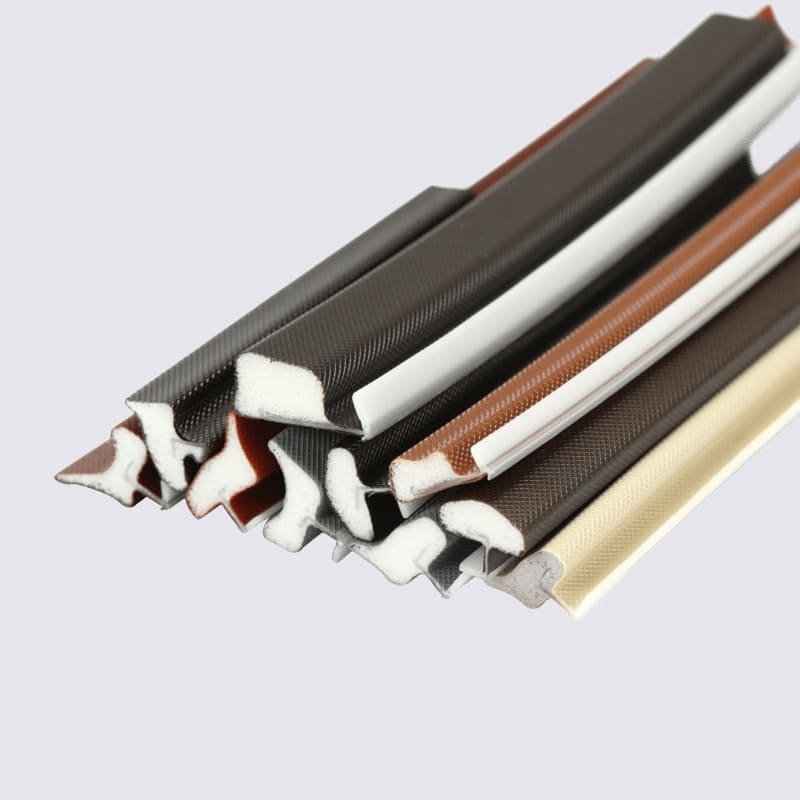Εισαγωγή:
Silicone coolant hoses play a vital role in maintaining the optimal temperature of various automotive and industrial systems. Ωστόσο, like any other component, these hoses have a limited lifespan. Σε αυτό το άρθρο, we will explore the factors that influence the longevity of silicone coolant hoses and provide practical tips to help you maximize their lifespan. By understanding these key points, you can ensure the efficient operation of your cooling system and prevent unexpected failures.
The Nature of Silicone Coolant Hoses:
Silicone coolant hoses are known for their durability, ευκαμψία, and excellent resistance to temperature extremes, χημικά, και γήρανση. They are commonly used in applications where regular rubber hoses would degrade or fail quickly. The composition of silicone hoses allows them to withstand higher temperatures and maintain their integrity for an extended period.
Factors Affecting Longevity:
ένα) Heat and Temperature Fluctuations: Constant exposure to high temperatures can gradually degrade silicone hoses, leading to loss of flexibility and eventual failure. Extreme temperature fluctuations, such as rapid heating and cooling cycles, can also accelerate this process. Avoid prolonged exposure to excessive heat and use heat shields or insulators when necessary.
σι) Chemical Exposure: Silicone hoses are generally resistant to a wide range of chemicals, but certain aggressive substances can cause degradation. Avoid contact with fuels, ελαιογραφίες, solvents, and coolant additives that are incompatible with silicone. Regularly inspect hoses for signs of chemical damage, such as swelling, discoloration, or brittleness.
ντο) Mechanical Stress: Bending, twisting, or stretching silicone hoses beyond their intended limits can weaken their structure and lead to premature failure. Ensure proper installation and routing of hoses to minimize stress. Use proper fittings, clamps, and supports to secure the hoses in place and prevent excessive movement.
Visual Inspection and Maintenance:
Regular visual inspections are crucial for detecting early signs of wear and tear. Look for bulges, ρωγμές, fraying, or leaks in the hoses. Pay attention to areas near connections, as they are more prone to stress and potential damage. If any damage or deterioration is detected, it is essential to replace the affected hose promptly to prevent further complications.
Replacement Interval:
While silicone coolant hoses are more durable than traditional rubber hoses, they are not immune to aging and eventual failure. The lifespan of silicone hoses can vary depending on usage, environmental conditions, and maintenance practices. As a general guideline, it is recommended to replace silicone coolant hoses every 4 προς την 6 χρόνια, even if they appear to be in good condition.
Best Practices for Extending Hose Lifespan:
To maximize the lifespan of silicone coolant hoses, consider the following tips:
Use high-quality silicone hoses from reputable manufacturers.
Avoid excessive bending or twisting during installation.
Ensure proper coolant levels and regular coolant system maintenance.
Keep hoses clean and free from contaminants.
Insulate hoses near heat sources or opt for heat-resistant silicone hoses.
Protect hoses from direct sunlight, if possible.
Follow the manufacturer’s recommendations for usage and maintenance. κατασκευαστής
συμπέρασμα:
Silicone coolant hoses are a durable and reliable choice for maintaining the cooling efficiency of various systems. By understanding the factors that impact their longevity and implementing proper maintenance practices, you can extend the lifespan of these hoses and prevent unexpected failures. Τακτικοί έλεγχοι, adherence to manufacturer guidelines, and proactive replacement when necessary will help ensure the optimal performance of your cooling system. Remember, a well-maintained silicone coolant hose can contribute to the overall longevity and reliability of your equipment. manufacturer guidelines, and proactive replacement when necessary



